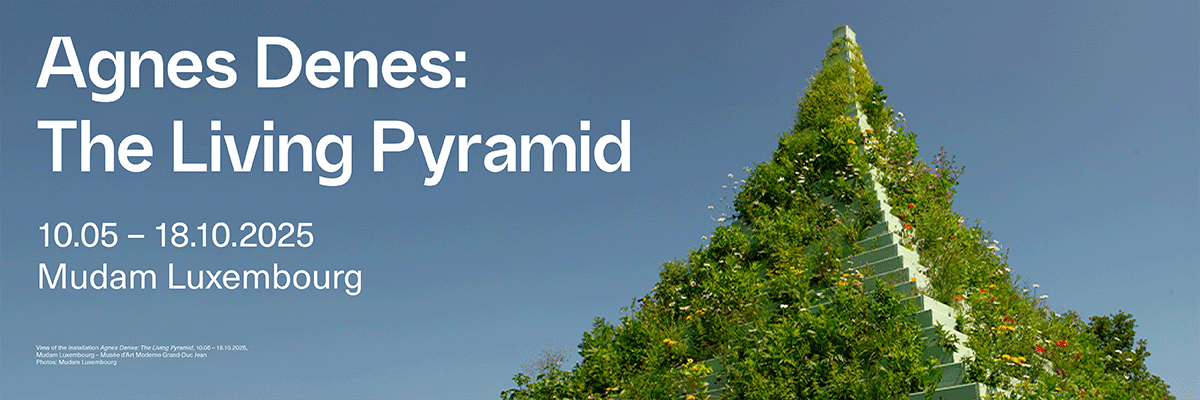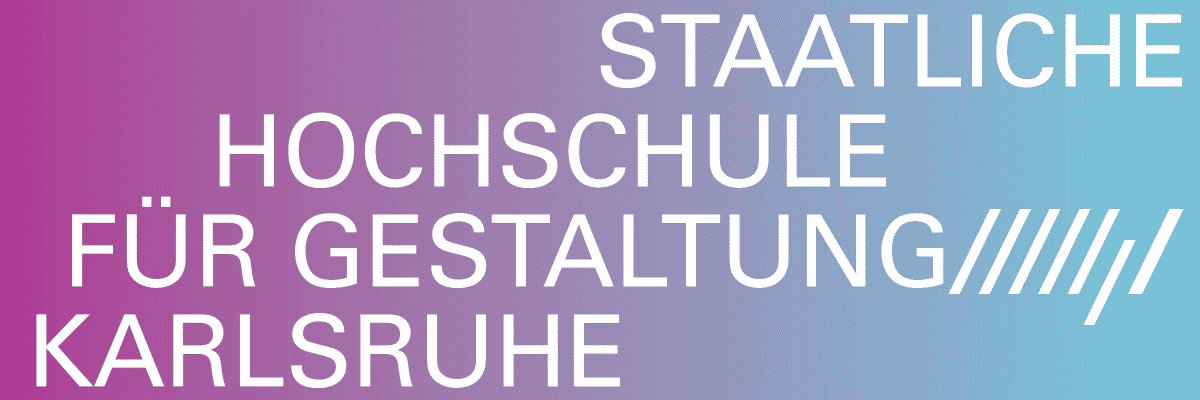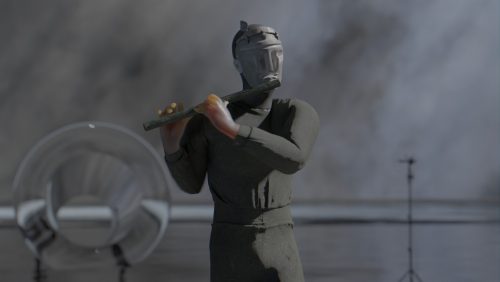
Tereza Kalousová
To The Bone

Advertisement














„Can we think a body without this: an intrinsic connection between movement and sensation whereby each immediately summons the other?“
I watch the images flashing by. Shades of green and grey merge into assemblages of shapes and memories of places that those who live there could tell stories about, but I only know their surface and colours. I can't distinguish whether the scent I associate with them isn't mine after all, but I still remember in detail the lightness of our quick first touch that still left some traces on my body. Droplets of water mingle with dust and little stones that cling to me almost from the very beginning of the journey, while others, which I can no longer link to specific places, disappear and with them a piece of me disappears, while new – other – different ones appear again (or maybe grow, and if so, where from and where to?) and they either melt as the temperature rises, or they fall off after a bigger shake, and even a look in the rearview mirror doesn't tell me what happened to them.
Criticism or celebration of machines and technology is a seemingly inexhaustible topic. Their influence on society evokes feelings of fear, power, confusion, satisfaction and indifference in people. Machine-induced separation or approximation (to everything and everyone) accelerates human fantasies of their own exceptionality. This is demonstrated, for example, by the way humans are excluded from the idea of cyclical time and the vision of an ever-increasing progress. Along with time and imagination, technology is changing the perception of both our own and the planet's corporeality. Over several centuries, human identity has lost the carefully constructed illusion of sovereignty and has become (or perhaps always has been) a pervasive system moving not only forward, but in all directions. People have no choice but to get accustomed to the feeling of dizziness from an endless and accelerating movement and to adapt to move multilaterally.
Instead of opposing to technology, the artist Tereza Kalousová in her solo exhibition entitled To The Bone decided to go towards the deliberate fusion of humans and machine. To explore this new intimacy, she chose the object of a car, which has been an important character in human society since its creation at the end of the 19th century. A car symbolizes status and wealth, speed, autonomy, independence and freedom. It is a reflection of modernity and progress, and as such is part of fascist mythology, socialist work, as well as the capitalist dream. The car in Kalousová's video is not just an exoskeleton or a human instrument burdened with symbols, but an integral and internal part of it. If the human body is ”our point of view on the world”, through which we inhabit and learn about the world, the artist's concept of cars blurs this view with increasing driving speed, which accelerates not only the movement itself and the inhabitation, but also sensitivity. As a result, both the human and mechanical body become more fragile, merge in one another for distant observers and transform into a tangle of colours and movements. The video is thus a speculative ride, where boundaries melt between things and subjects, between the hot exterior and the mysterious and deep inner world.
Tereza Kalousová (*1998)
She studied architecture by Ivan Kroupa at the Academy of Arts, Architecture and Design in Prague (UMPRUM), taking part in studio seminars of visiting artists Maja Smrekar and Sam Levitt. Furthermore, she studied Architectural Design in the studio of Nick Axel at the Gerrit Rietveld Academie in Amsterdam and is currently studying at the Dirty Art Department at the Sandberg Institute. Tereza is based both in Prague and Amsterdam. Her focus is set on various media – film, sculpture, installation and text. Her works appear in a liminal space between tragedy and comedy, defeat and protest, closeness and alienation. These paradoxical and dynamic positions are in her case represented with respect to corporeality, identity, the concept of home and its environment.
Sára Märc




